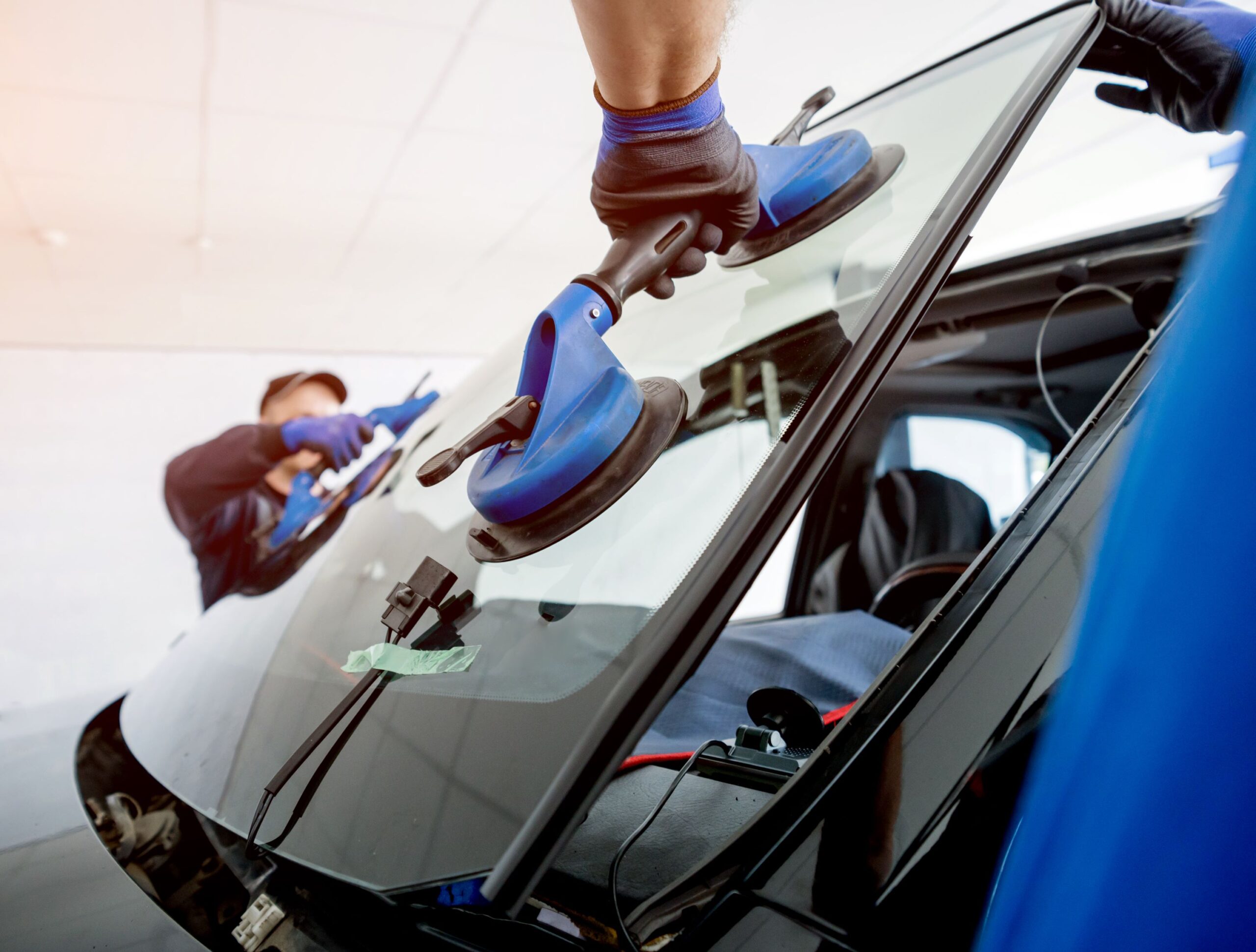Advanced Driver Assistance Systems ADAS are increasingly integral to modern vehicles, enhancing safety and driving experience through technologies such as lane departure warnings, adaptive cruise control, and automatic emergency braking. With the rising implementation of ADAS, auto glass replacement and calibration have become critical aspects of vehicle maintenance. Windshields are not just barriers against the elements; they often house vital sensors and cameras that are crucial for the functioning of these advanced systems. When a windshield is replaced, proper calibration of these systems is essential to ensure that they operate correctly and that safety features perform as intended. The calibration process involves adjusting the sensors and cameras that are embedded in or mounted on the windshield. If this step is neglected or poorly executed, the vehicle may misinterpret information about its surroundings, potentially leading to dangerous driving situations. For example, a misaligned camera might fail to detect lane markings accurately, resulting in unintended lane departures.

Similarly, if the forward collision warning system is not calibrated correctly, it may not activate in time to prevent an accident, undermining the very purpose of these technologies. There are generally two types of calibration – static and dynamic in windshield replacement oakland. Static calibration involves aligning the sensors while the vehicle is stationary, often requiring specialized equipment and a controlled environment. This method is commonly performed indoors in a shop equipped with calibration tools. Dynamic calibration, on the other hand, occurs while the vehicle is being driven. This type often requires the vehicle to be operated under specific conditions, allowing the system to gather real-time data from the road environment. Both methods are essential for ensuring that the ADAS features function effectively after a windshield replacement. The complexity of ADAS and the requirement for precise calibration means that auto glass replacement should be performed by professionals who understand the intricacies involved. This has led to the emergence of specialized training and certification programs for technicians, focusing not only on the physical aspects of glass replacement but also on the technical requirements of ADAS.
As technology continues to evolve, it is crucial for technicians to stay updated on the latest systems and calibration methods to ensure high-quality service and safety for vehicle owners. Moreover, the importance of proper auto glass replacement and calibration extends beyond individual safety; it also impacts broader road safety. With the increasing number of vehicles equipped with ADAS, the potential for improved safety outcomes is significant. However, this can only be realized if all components of these systems, including the auto glass, are functioning as intended. Ensuring that every aspect is correctly calibrated can help reduce the likelihood of accidents, thereby benefiting all road users. In summary, the role of ADAS in auto glass replacement and calibration is pivotal in the modern automotive landscape. As vehicles become more reliant on these advanced technologies, the need for meticulous attention to detail during windshield replacement and sensor calibration becomes paramount. Both consumers and service providers must prioritize these aspects to ensure that safety features operate correctly, thereby enhancing the overall driving experience and contributing to safer roads.
